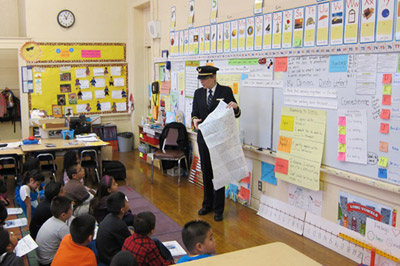
Royal Canadian Air Force (RCAF) 
If you choose the Royal Canadian Air Force (RCAF) pathway, you will undergo in-depth screening and background checks as well as assessment evaluations before being accepted into the pilot training program. In Canada, pilots are officers in the Canadian Armed Forces, for which a bachelor’s degree is required. Candidates have several options available to them.
- Regular Officer Training Plan (ROTP) offers full scholarships to one of two Canadian military colleges, or another Canadian university, as well as an annual salary.
- Direct Entry Officer (DEO) is available to candidates who already hold a bachelor’s degree.
- Continuing Education Officer Training Plan (CEOTP) is an as-needed program for candidates who would make suitable officers in the Canadian Armed Forces, but who lack the prerequisite bachelor’s degree. This program is used when a shortage exists that cannot be fulfilled using the normal ROTP or DEO paths above. A bachelor’s degree is obtained concurrently with service in the Canadian Armed Forces.
In addition, you will undergo a disciplined flight training program that is essentially “immersion training,” where you will focus exclusively on flight and academic training for months, or even more than a year. Following that, you will gain valuable flight experience, often in high-performance jet aircraft—again in an atmosphere of constant training. Additionally, every military flight involves some element of training or evaluation, even combat flights. Often due to limited military budgets or operational needs, a military pilot may log less flying time than a civilian counterpart.
In order to maintain pilot proficiency with limited flying time, the military provides a significant amount of ground training, which includes formal classroom sessions, structured simulator training, and, equally important, “hangar flying” sessions where pilots undergo mentoring and gain from each other’s knowledge, as well as mistakes. This produces highly competitive candidates for the airlines. Even though fewer actual flight hours may have been gained in the military, the airline industry has found that pilots from such a rigid training program are well prepared to join the ranks of commercial airline pilots. However, even experienced military pilots need extensive training and mentoring to facilitate their transition to being successful commercial airline pilots.
If you are a military pilot who plans to transition to an airline, you can convert either to a commercial pilot’s licence or an airline transport pilot’s licence.
Requirements for a Commercial Pilot’s Licence
- RCAF pilot wings
- 60% or greater on the ARPCO exam
- Experience requirements as outlined in CAR 421.30 (4)
Requirements for an Airline Transport Pilot’s Licence
- RCAF pilot wings
- Canadian Forces instrument rating (unrestricted) on multiengine (Group 1) aeroplanes
- 70% or greater on the SAMRA and SARON exams
- Experience requirements as outlined in CAR 421.34 (4)

